The 1980s was the worst decade for Westerns, with the failure of one movie being (rightly or wrongly) to blame. During the so-called Golden Age of Hollywood, Westerns were one of the most popular genres. John Ford and John Wayne’s Westerns are some of the most iconic, but there was also the works of directors like Howard Hawks (Rio Bravo) and actors such as Gary Cooper, James Stewart and Henry Fonda. Even B-Westerns tended to perform well, but moving into the ’60s and ’70s, audience interest in “Oaters” diminished rapidly.
Westerns were considered out of touch and dated, especially with the arrival of “New Hollywood” filmmakers like Martin Scorsese, Steven Spielberg and William Friedkin. Studios began to favor more contemporary tales and high-concept ideas, while traditional Westerns fell out of favor. Clint Eastwood’s Dollars trilogy and the subsequent Spaghetti Westerns that followed gave them a shot in the arm, but moving into the ’80s, the outlook for the genre was grim.
The Failure Of Heaven’s Gate Killed The Western Genre For Five Years
Director Michael Cimino’s Western epic killed its studio
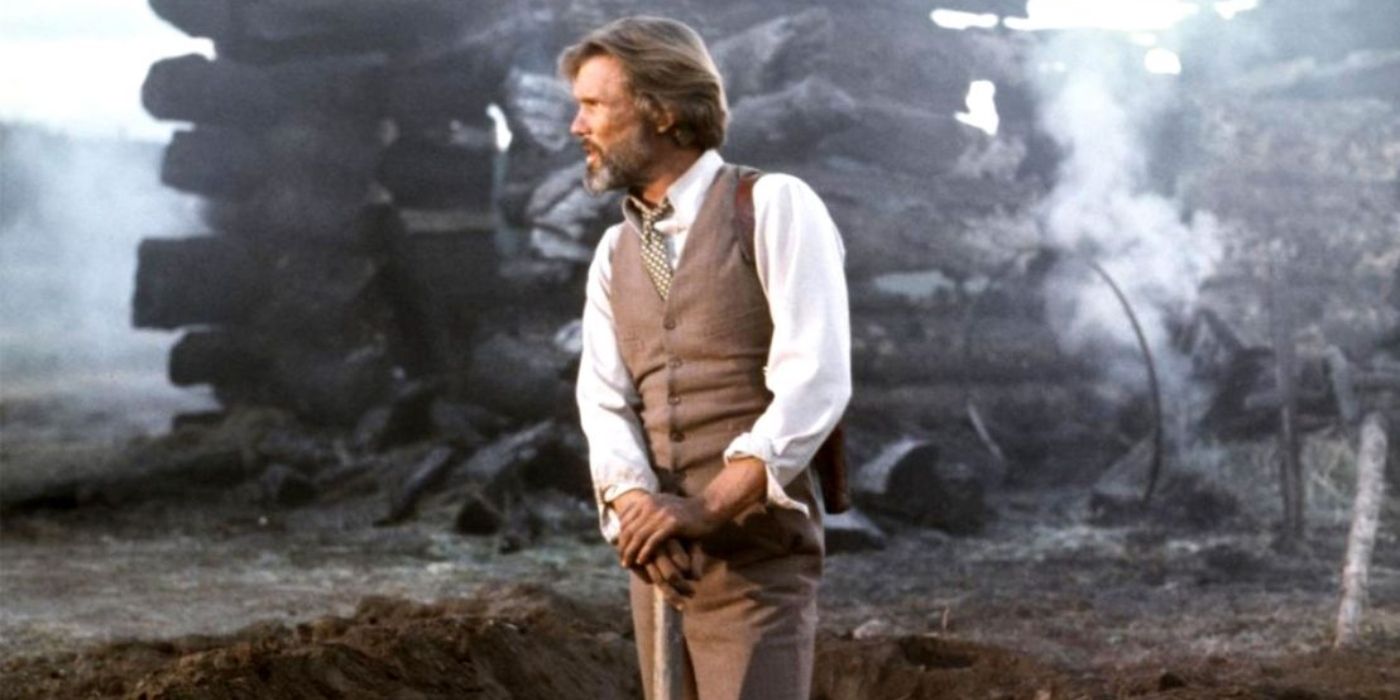
If Westerns were ailing heading into the ’80s, the arrival of Heaven’s Gate all but killed them for the next five years. This was director Michael Cimino’s follow-up to the acclaimed The Deer Hunter, with the movie taking place during the Johnson County War, as seen through the eyes of Kris Kristofferson’s conflicted sheriff. It featured an incredible cast – including Jeff Bridges, Christopher Walken and many more – and was primed to become an Oscar contender. United Artists gave Cimino complete creative control and a budget of $12 million (via The Boston Globe) to bring his vision to life.
Unfortunately, Heaven’s Gate production was a disaster, with Cimino’s fanatical attention to detail leading to major cost overruns. Heaven’s Gate’s final cost was an estimated $44 million, but the film’s original release in 1980 proved such a critical and commercial bomb that UA pulled it out of theaters after a week. Cimino then recut it to a truncated 149-minute version, with the film being re-released in April 1981; regardless of the shorter runtime, Heaven’s Gate only grossed $3.5 million worldwide (via Box Office Mojo).
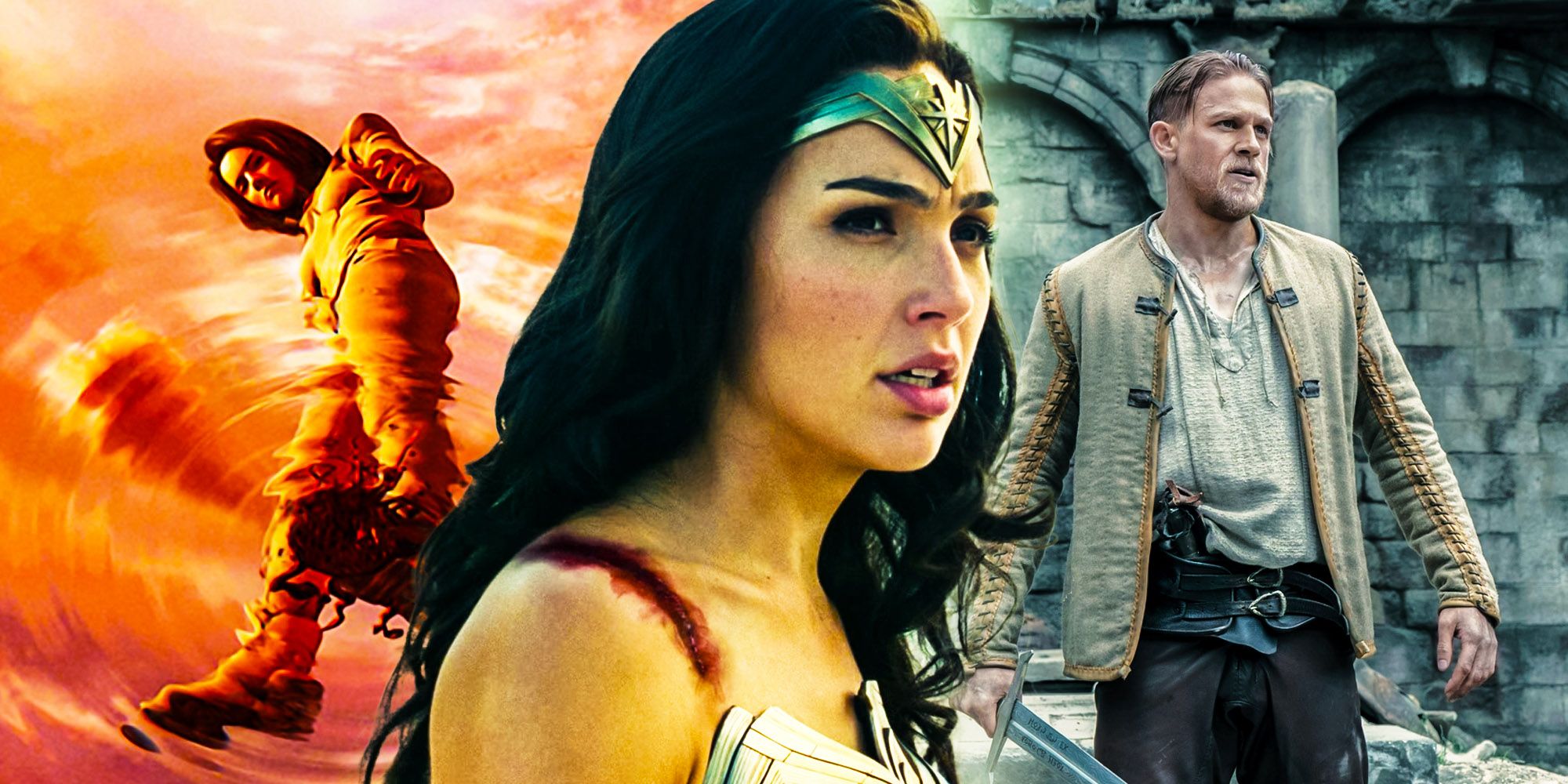
20 Biggest Box Office Bombs Of All Time
From Pixar flops to Western catastrophes to CGI messes and franchises that never took off, these are the 20 biggest box office failures of all time.
The film – alongside Friedkin’s grossly underrated action thriller Sorcerer – is often cited as a key reason studios rejected the auteur-driven movies of New Hollywood. Instead, moving into the ’80s, the focus was on high-concept, effects-driven projects, where studios had far more of a say in the creative process. In the aftermath of Heaven’s Gate’s failure, United Artists ceased to be an independent studio and was sold to MGM and the blame for all this was pointed squarely at Cimino, whose career never fully recovered.
Heaven’s Gate Has Been Reassessed As A Classic
There are many versions of Cimino’s epic floating around
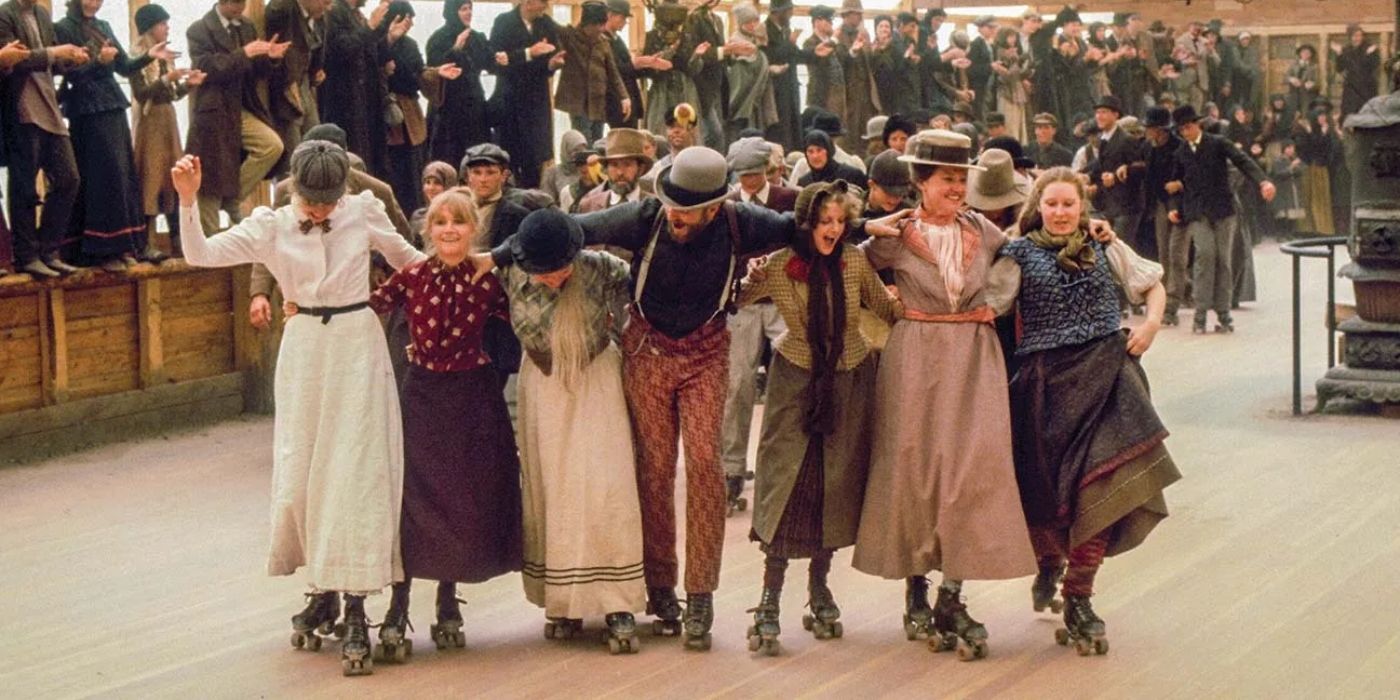
Heaven’s Gate was critically annihilated when it debuted, with the film considered an overindulgent chore by critics. Cimino’s exacting style saw the film going through many re-edits, with his workprint version being close to five and a half hours in length. The original theatrical cut – which the director wasn’t happy with – was three hours and 39 minutes, and after that was labeled a disaster, the April 1981 edit was two hours and 29 minutes. In the years following its release and removed from the many controversies of its production, the film began to get re-assessed.
Every Version Of Heaven’s Gate | Runtime |
|---|---|
Michael Cimino’s Original Heaven’s Gate Workprint | 325 Minutes |
Heaven’s Gate 1980 Theatrical Cut | 219 Minutes |
Heaven’s Gate 1981 Theatrical Re-Edit | 149 Minutes |
Heaven’s Gate 2005 “Radical” Cut | 219 Minutes |
Heaven’s Gate 2012 Restored Director’s Cut | 216 Minutes |
Steven Soderbergh’s “Butcher’s Cut” Fan Edit | 106 Minutes |
In 2012, a director’s cut version of Heaven’s Gate received a warm response at the Venice Film Festival, with this edit being three hours and 36 minutes. Whereas Cimino’s Western used to be a byword for an unqualified turkey, Heaven’s Gate is now regarded as a flawed, ambitious Western undeserving of its brutal takedown. Opinions still vary on the movie’s quality, but its reputation has significantly improved.
Traditional Western Stories Had To Be Disguised In Different Genres During The 1980s
Westerns became sci-fi thrillers or horror movies
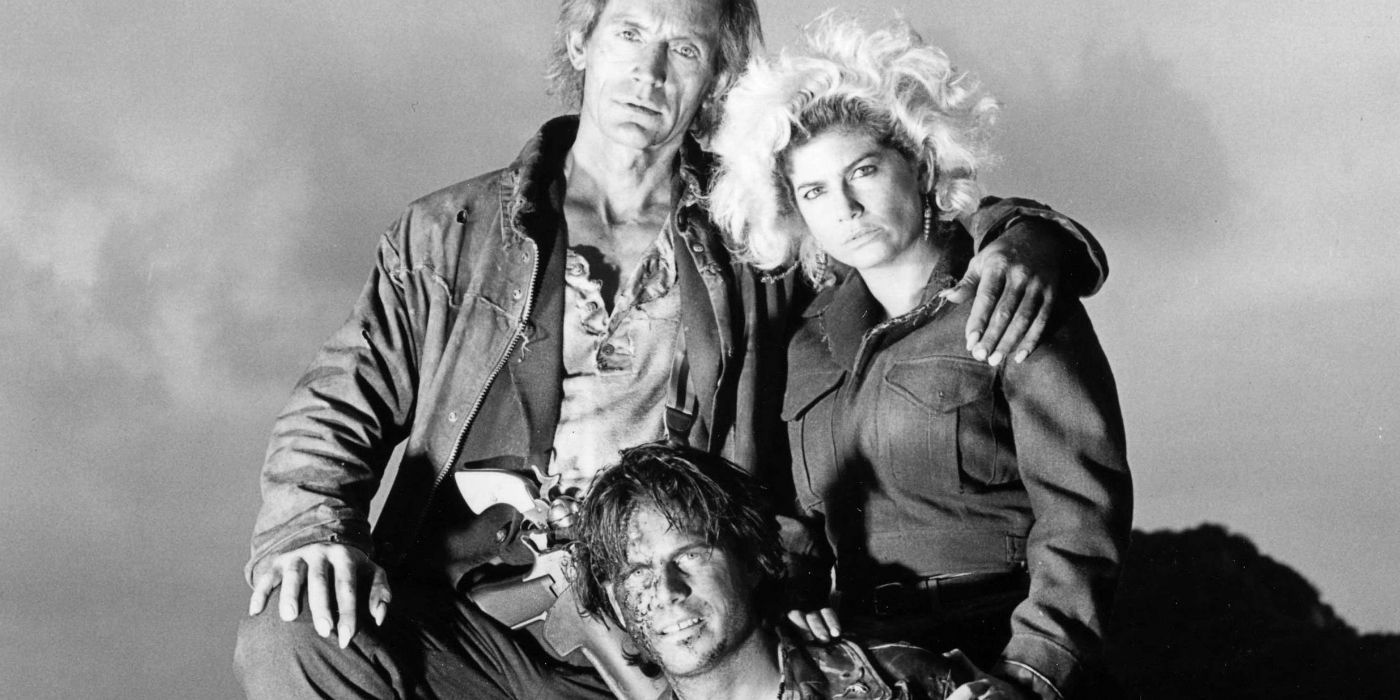
Following Heaven’s Gate, studios wouldn’t touch a Western project with even the largest of barge poles. It took years for studios to bankroll a straight-ahead Western again, so filmmakers had to get creative if they wanted to make one. For example, Sean Connery’s Outland is a reskinned take on High Noon and isn’t ashamed of its Western setup. Regardless, the only way the film could produced during this period was because it was set in space and looked a lot like Alien.
Movies like The Hitcher or Kathryn Bigelow’s Near Dark hid their Western attributes in the thriller and horror genres respectively. Both take place in vast desert expanses and feature classic Western showdowns and tropes, but these elements were practically smuggled in. Walter Hill’s muscular Nick Nolte movie Extreme Prejudice may have taken place in a contemporary setting, but with a quick rewrite, it easily could have taken place in 1887 instead of 1987.
Clint Eastwood’s Pale Rider Helped Revive Interest In Westerns
Clint’s Western comeback gave the genre a much-needed boost
Clint Eastwood Westerns are iconic in their own right, but the star took a long break from the genre following 1976’s The Outlaw Josey Wales. After deciding he missed them – both as a viewer and as an actor – he saddled up once more for 1985’s Pale Rider. Clint coming back to Westerns was an event, so Warner Bros had little issue greenlighting Pale Rider when it landed on their desks. The film went on to gross $41 million worldwide, which was a healthy sum considering its $7 million budget (via Box Office Mojo).
The success of Eastwood’s comeback didn’t result in a rush to make Westerns again, though it didn’t hurt either. The following year saw the release of Western comedy Three Amigos, while “Brat Pack” Western Young Guns was a solid hit in 1988. Westerns may not have been hip in the ’80s following Heaven’s Gate, but the success of films like Pale Rider proved there was still an audience for them.
Westerns Made A Brief Comeback During The ’90s
Dances with Wolves started the decade off right
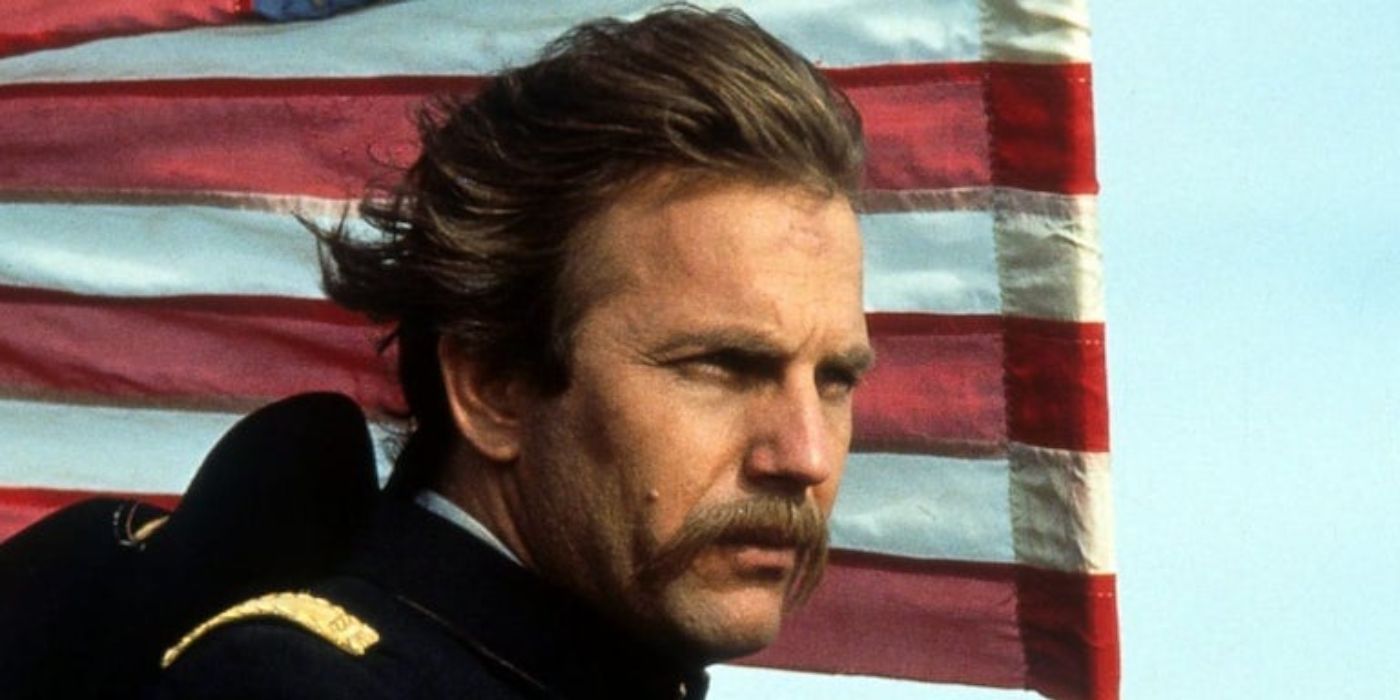
If Heaven’s Gate caused a Western drought during the ’80s, Dances with Wolves led to a revival in the ’90s that lasted for a good few years. Kevin Costner’s epic was predicted to be a commercial disaster; instead, it was a major financial success and showered with Academy Awards. The Western comeback was cemented by Eastwood’s final Western Unforgiven, a moving, melancholy outing that is hailed as Clint’s best work as a performer and director. The very next year came the Kurt Russell/Val Kilmer-fronted Tombstone, a film that only seems to grow in audience appreciation each year.
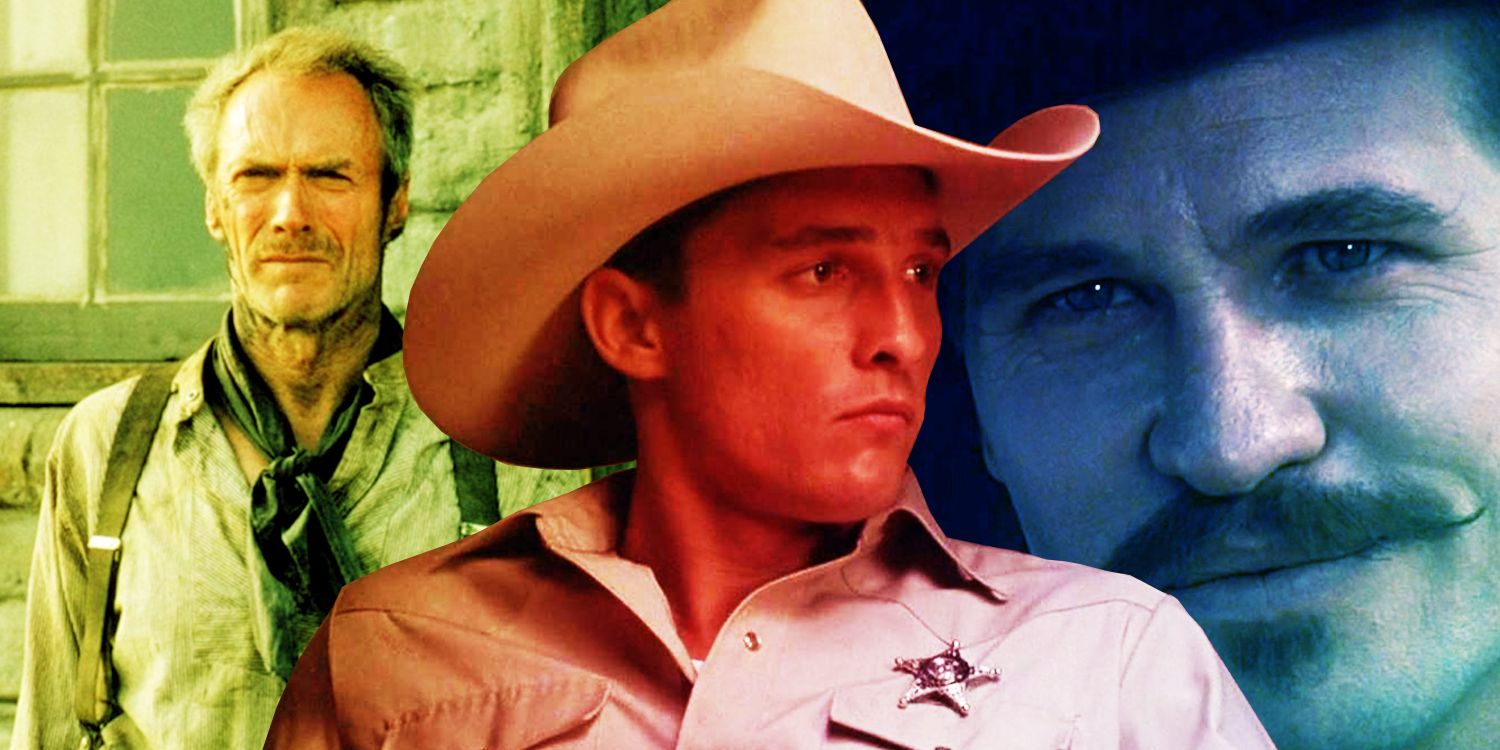
10 Best Westerns Of The 1990s
These are the movies that reignited America’s love affair with classic Westerns, as well as neo, revisionist, and anti-Western films during the ’90s.
If nothing else, Tombstone is easily one of the most quotable Westerns of all time. Later outings like Sam Raimi’s The Quick and the Dead or Costner’s Wyatt Earp met with mixed success, but Brad Pitt’s smoulder-fest Legends of the Fall grossed $160 million in 1994 (via Box Office Mojo). Overall, the returns from many of these projects were spotty, so the popularity of the genre declined again.
Even so, in the decades since, movies like The Hateful Eight, Open Range or Bone Tomahawk prove they have never gone away entirely. Westerns will never be as popular as their heyday, but outside of another Heaven’s Gate-sized bomb, there should never be a drought as profound as the ’80s.




